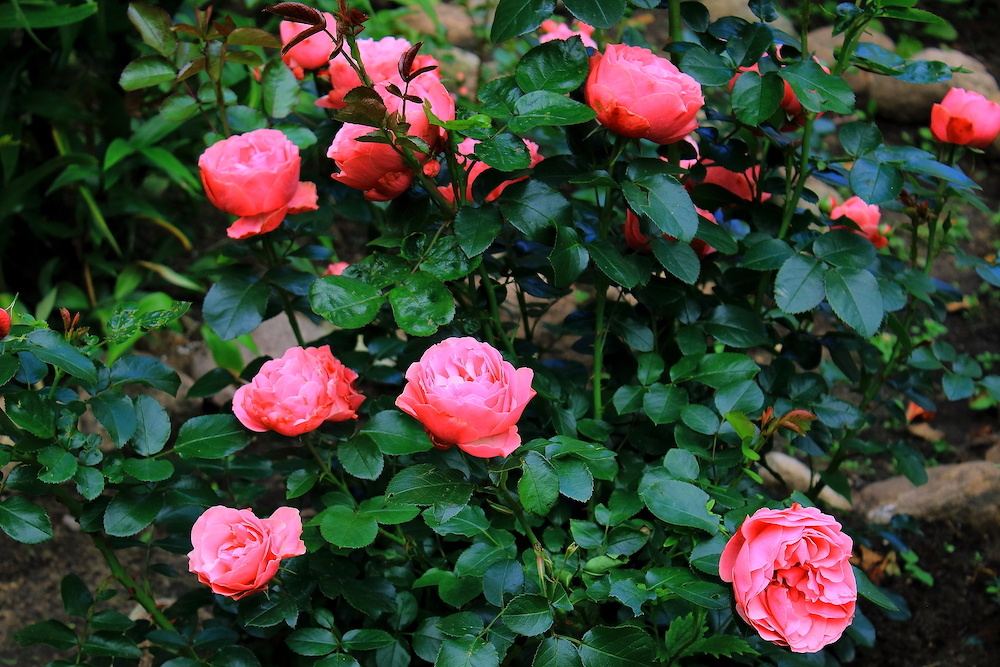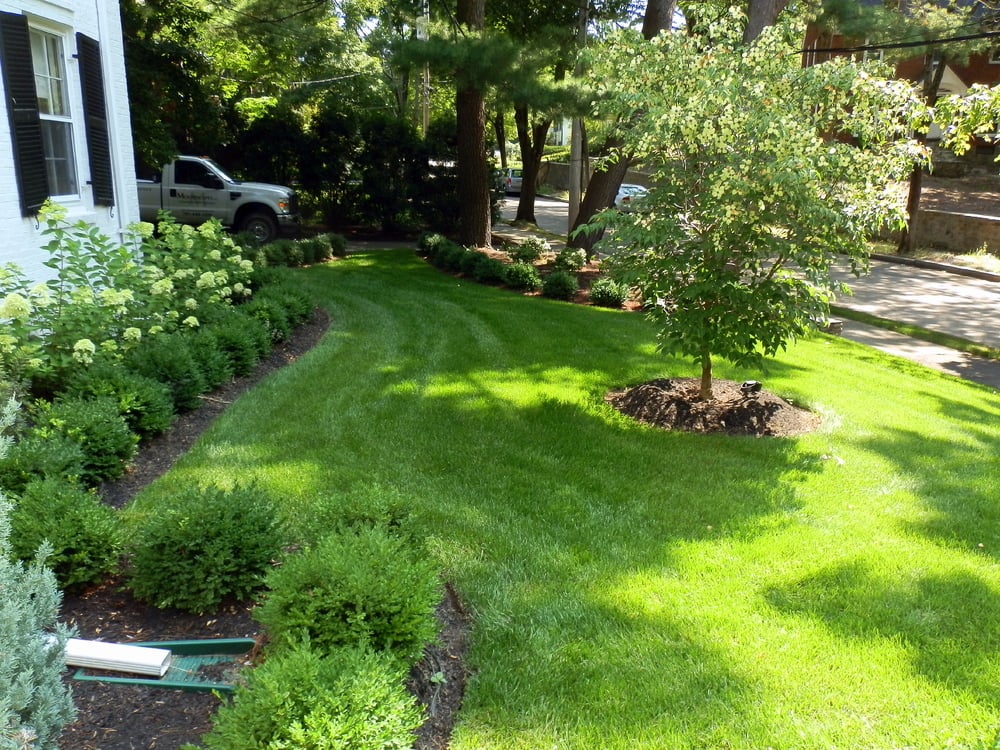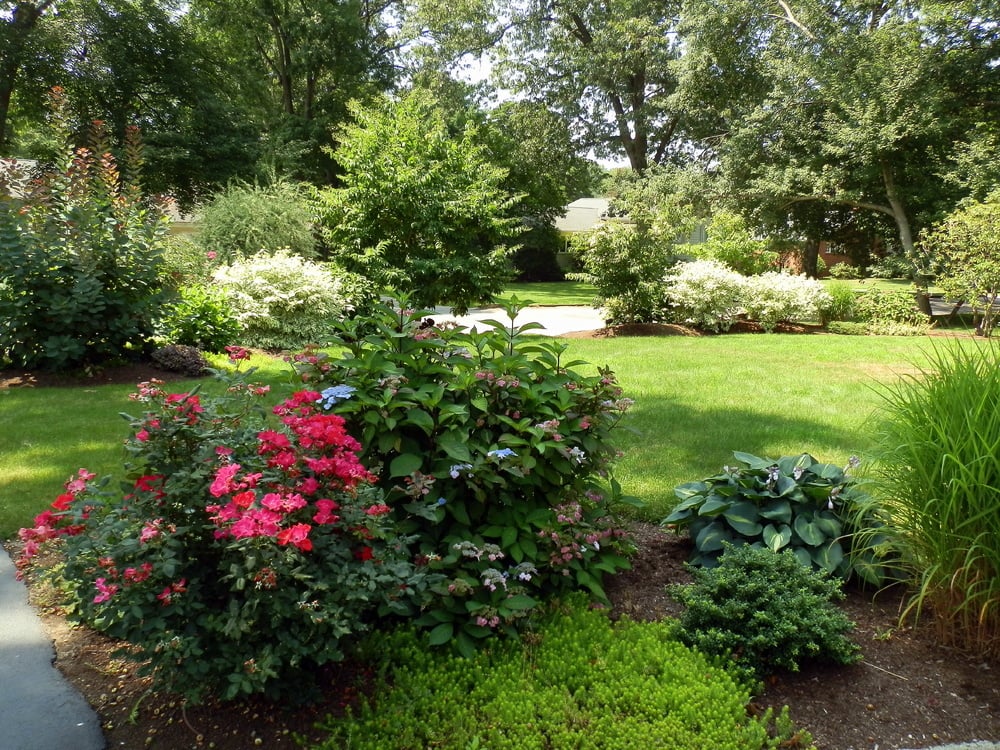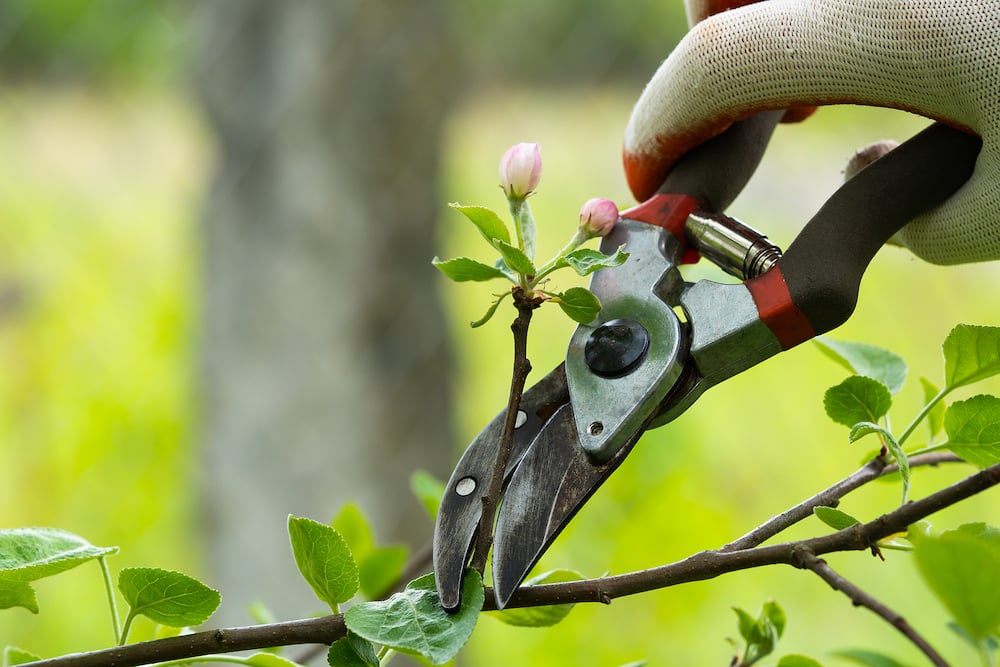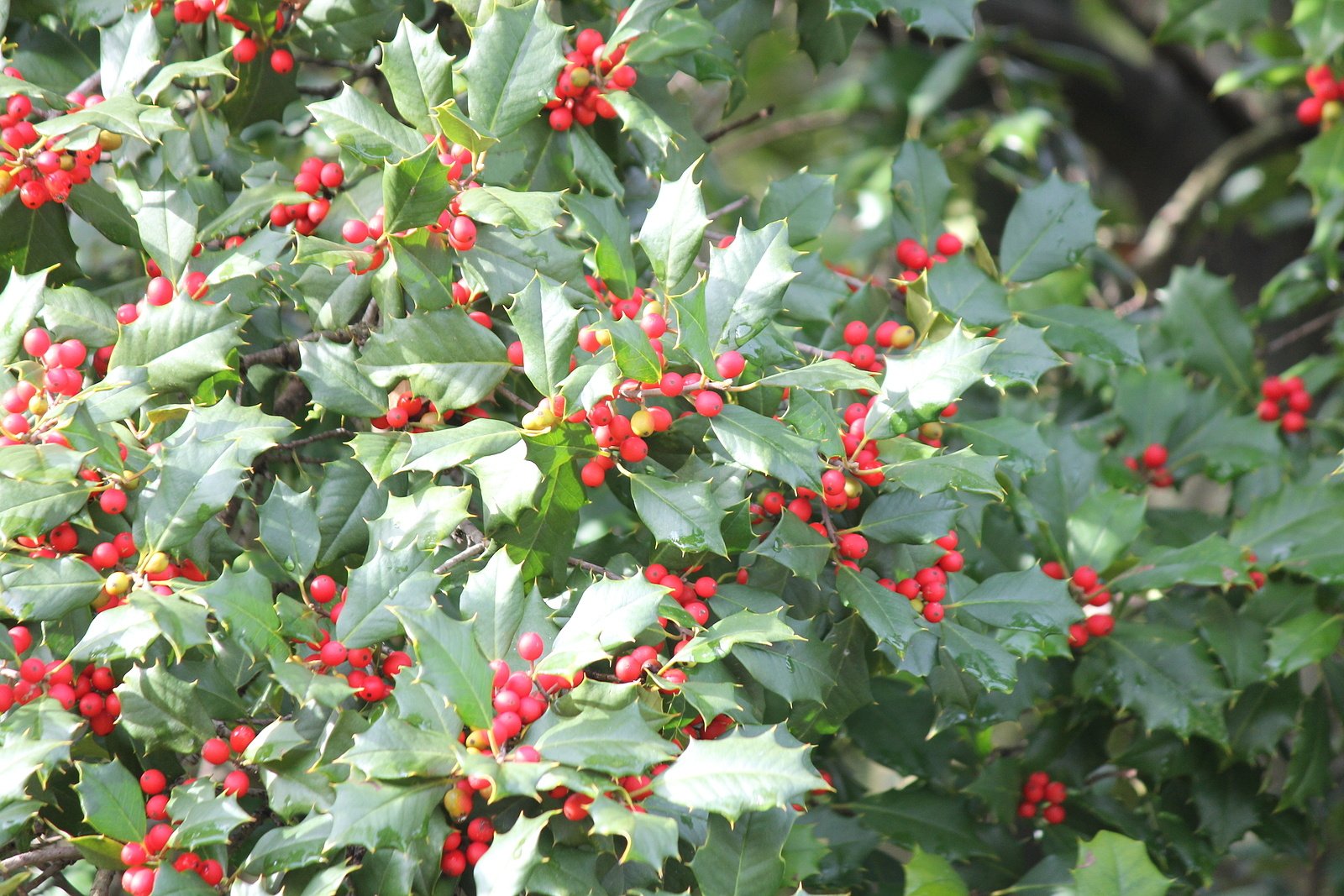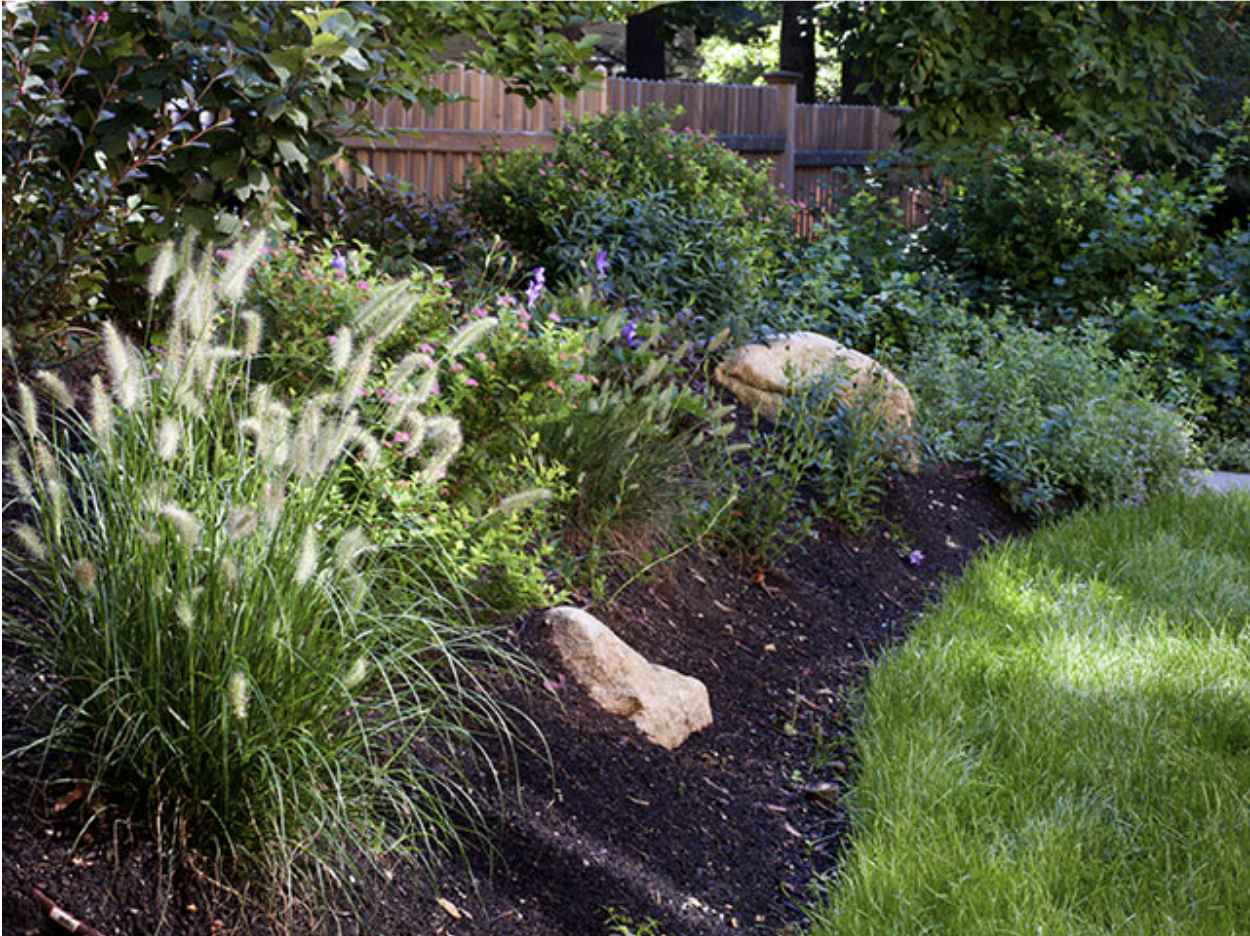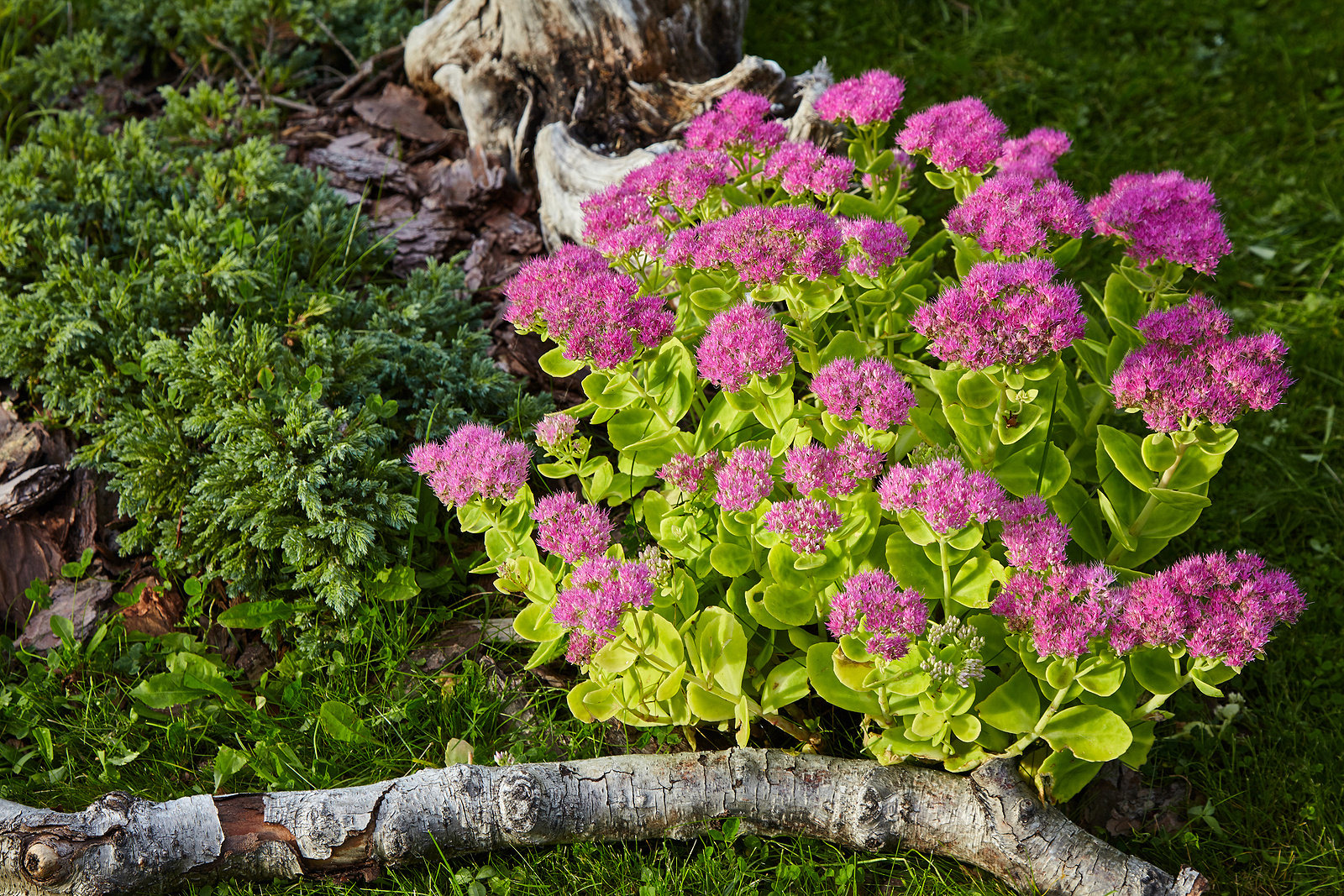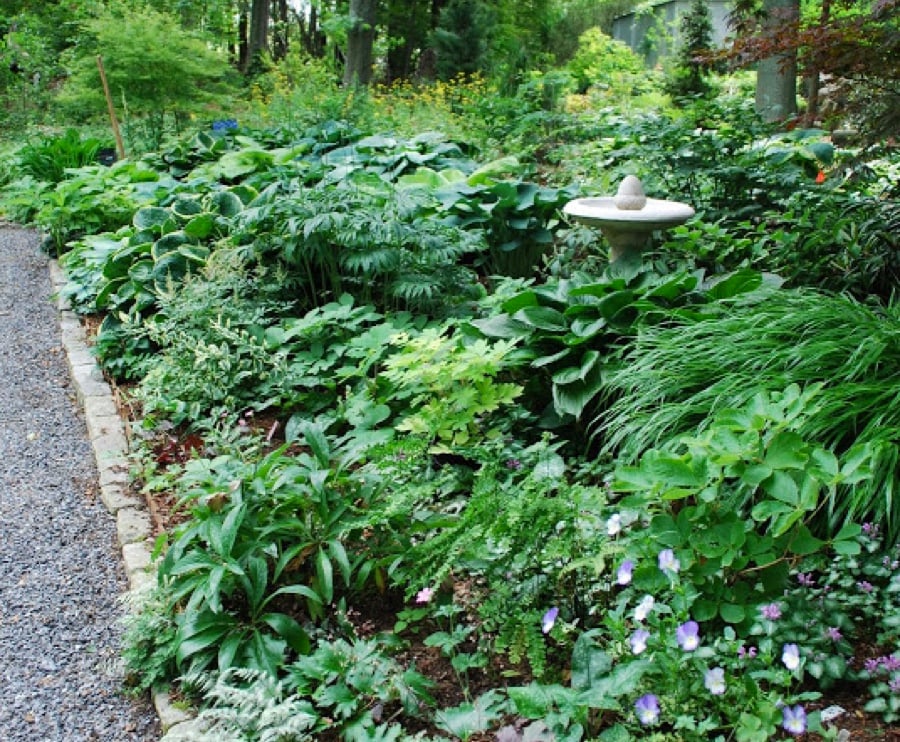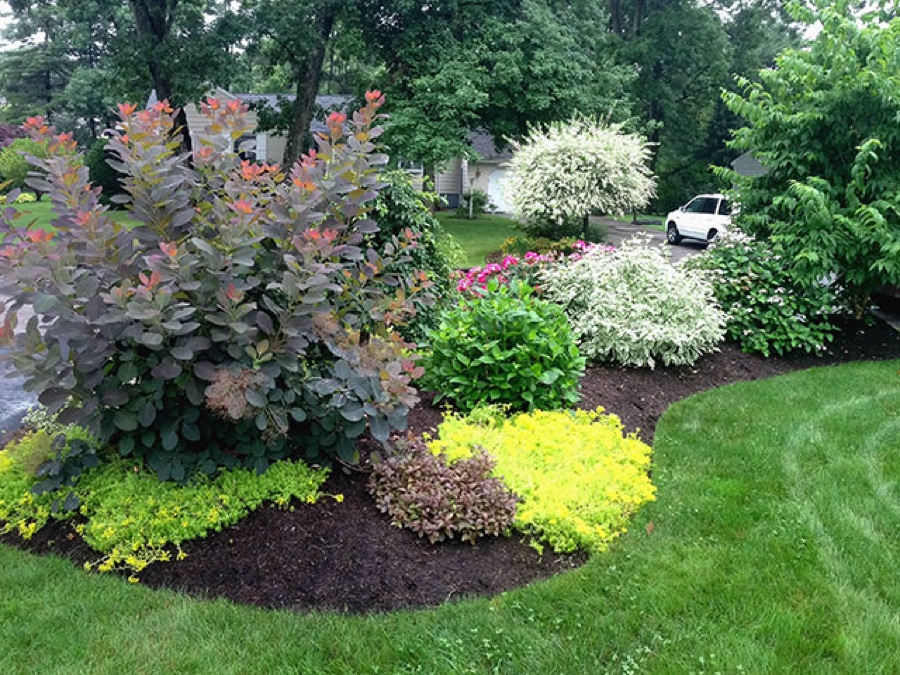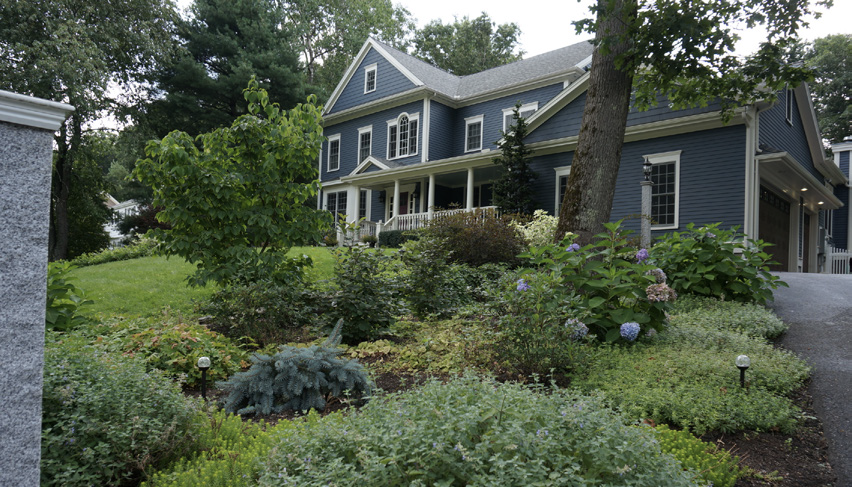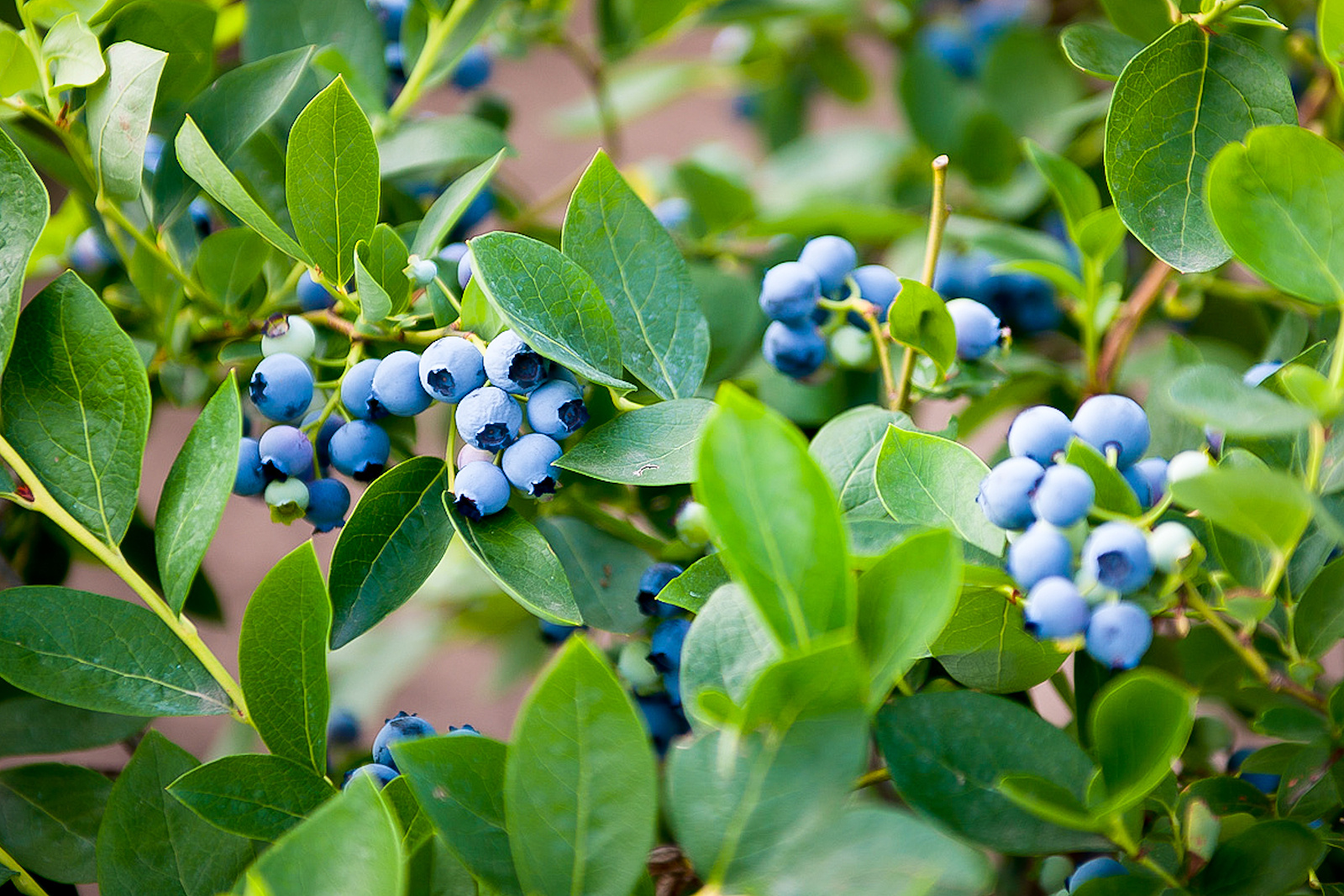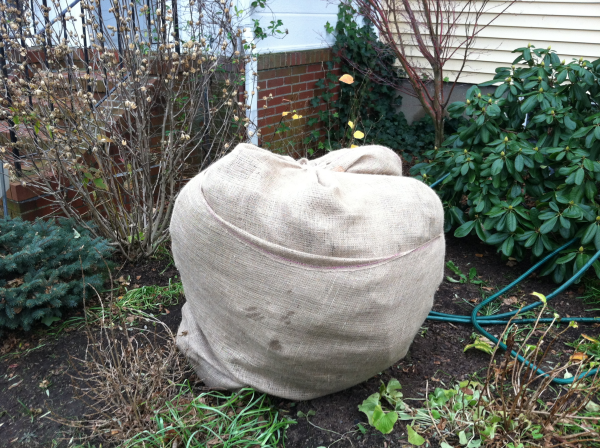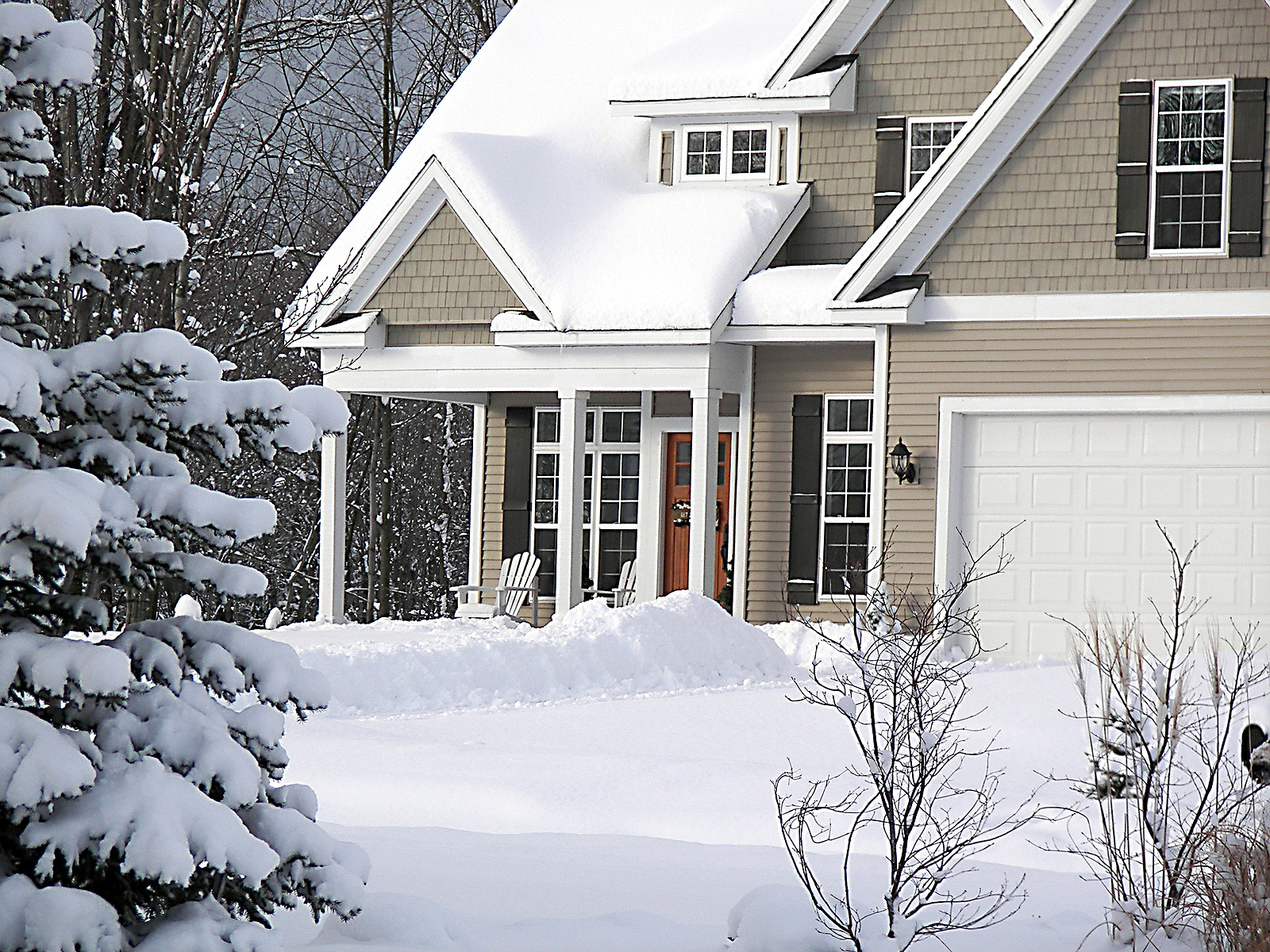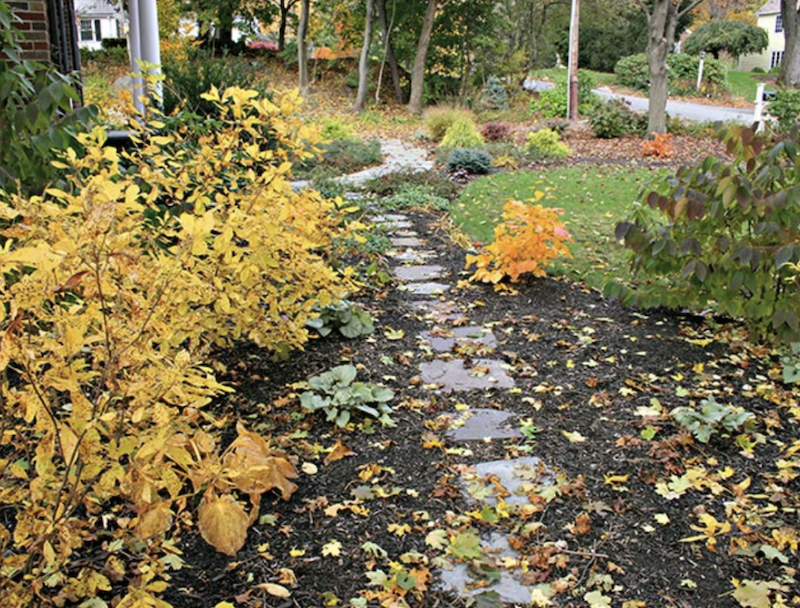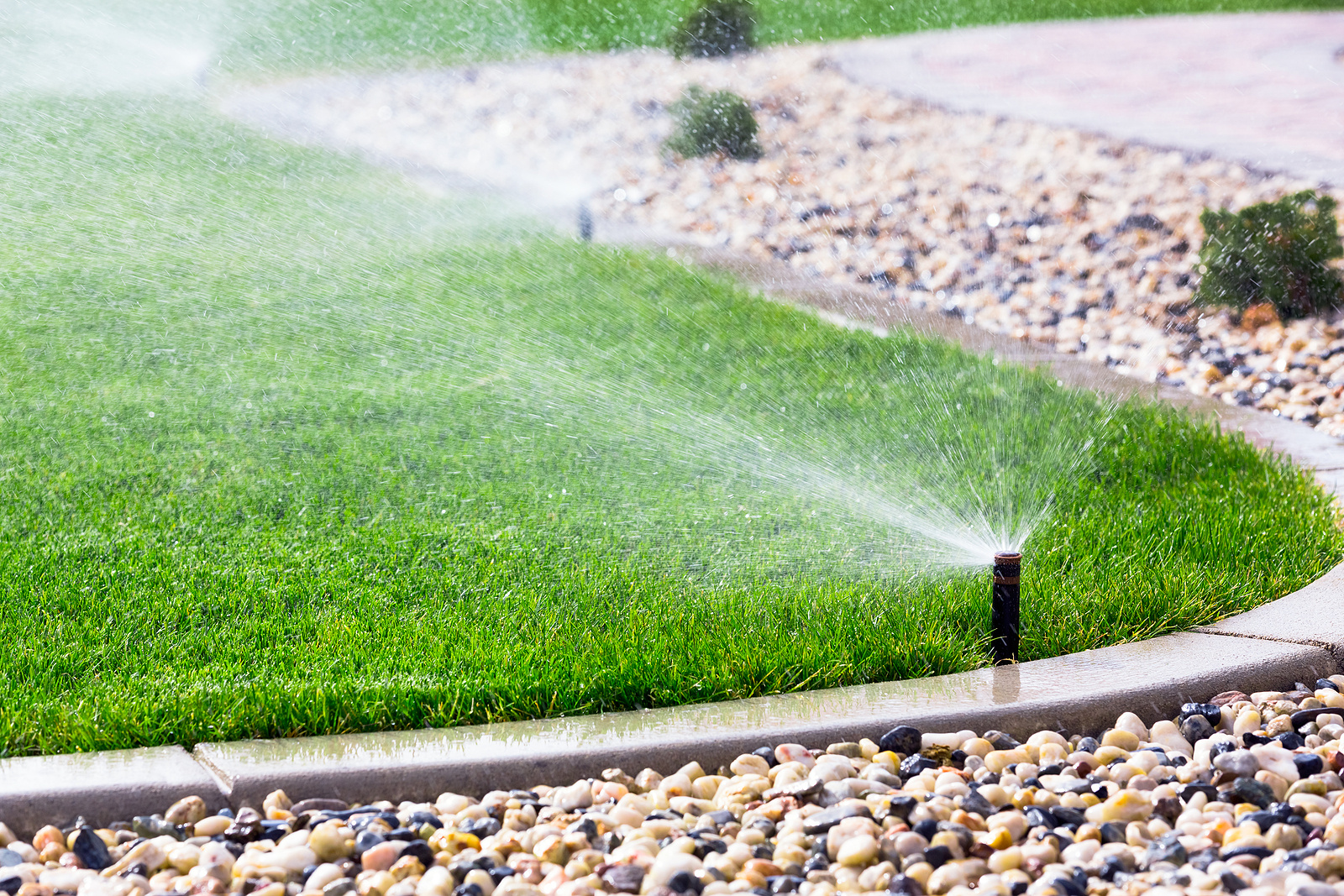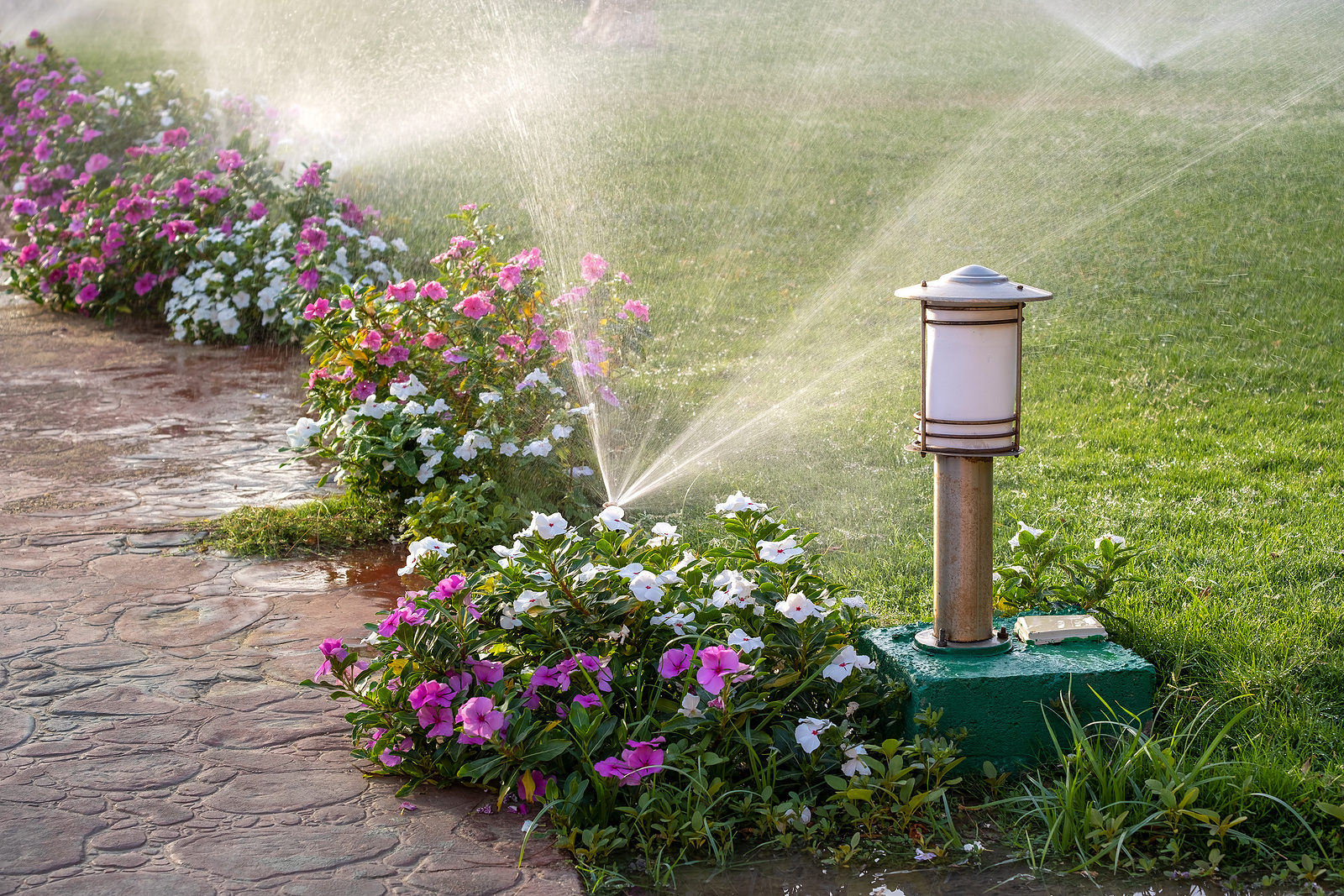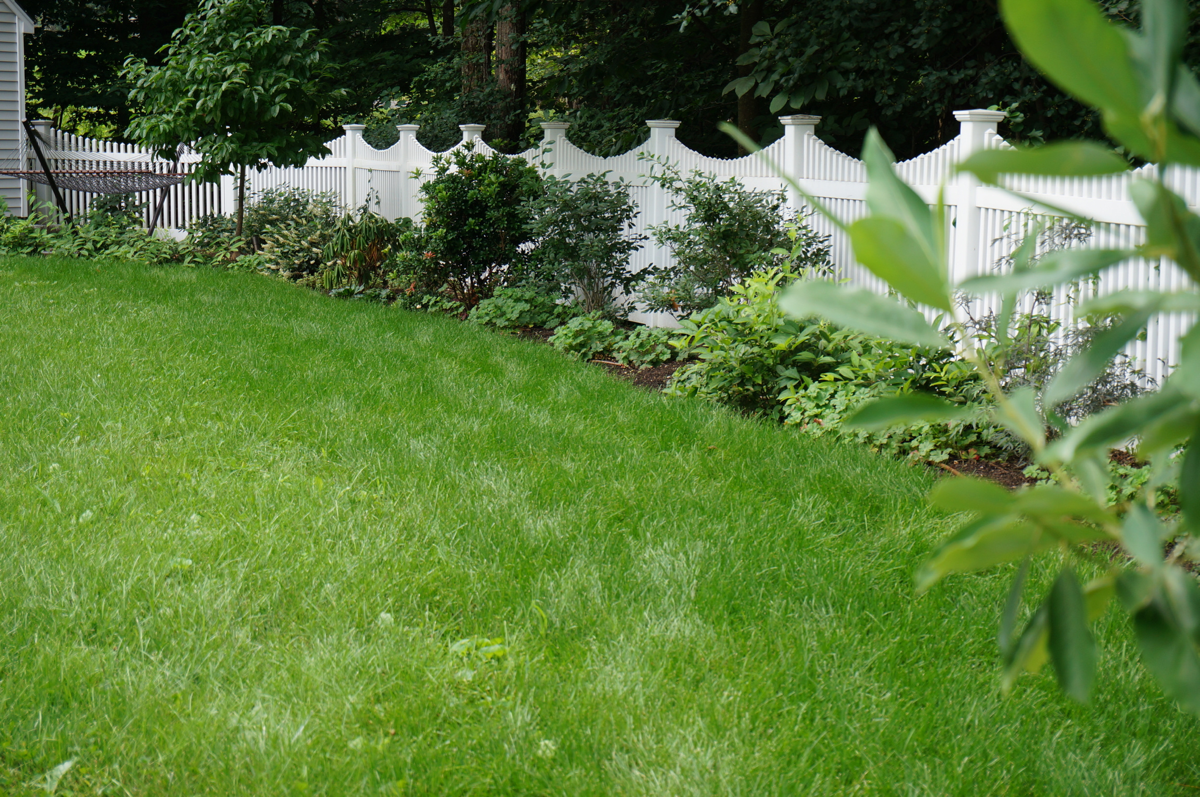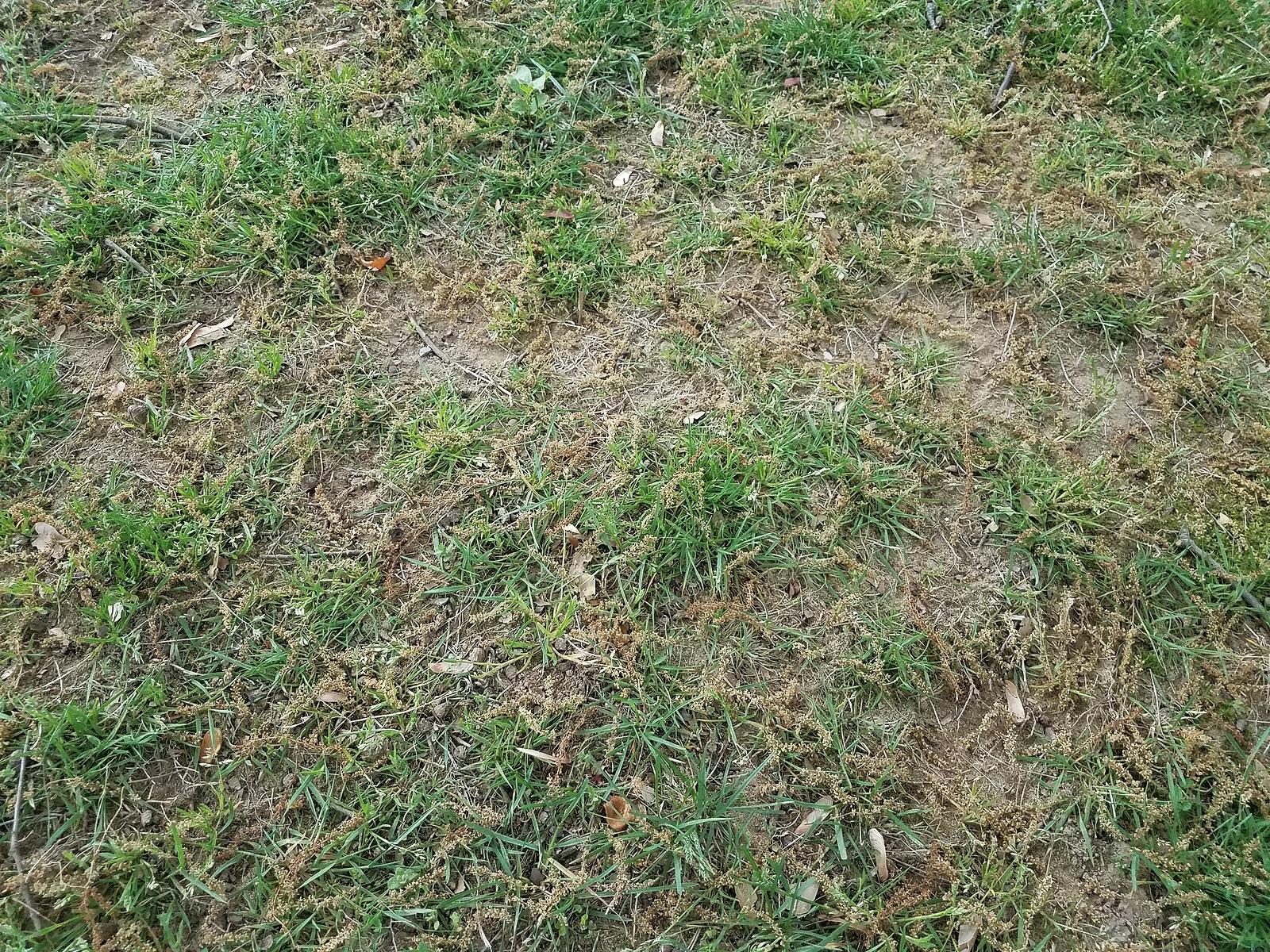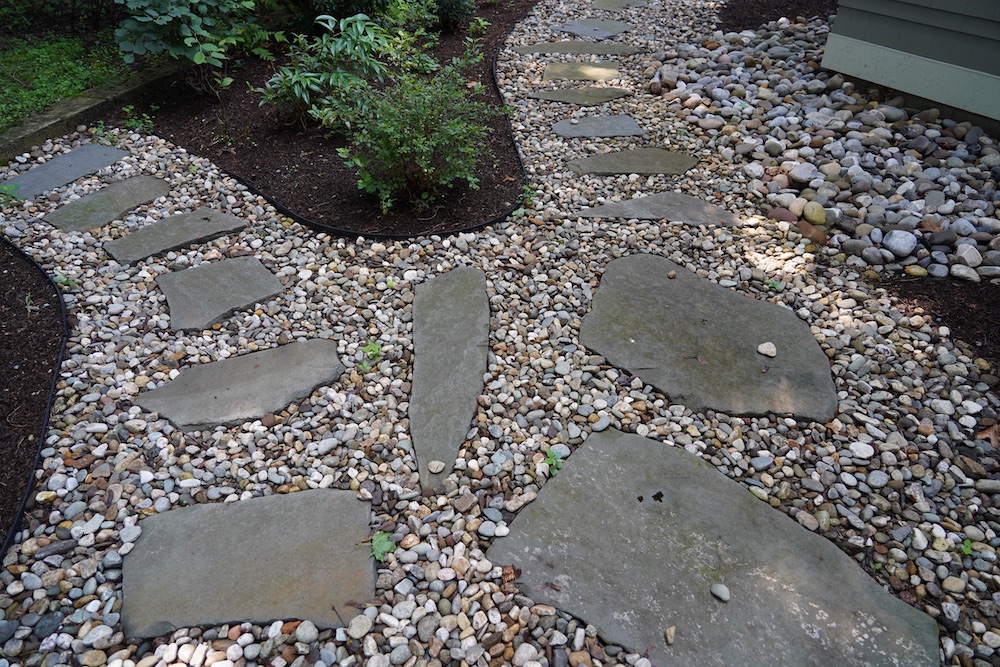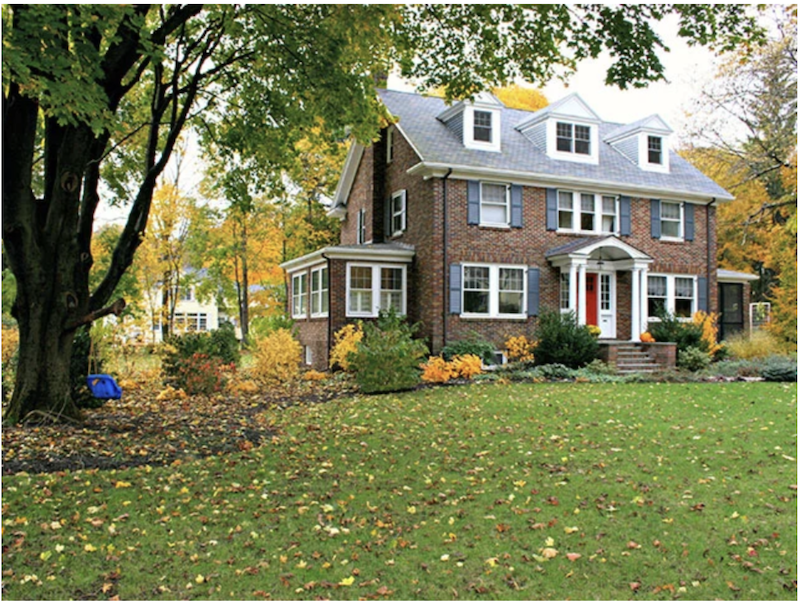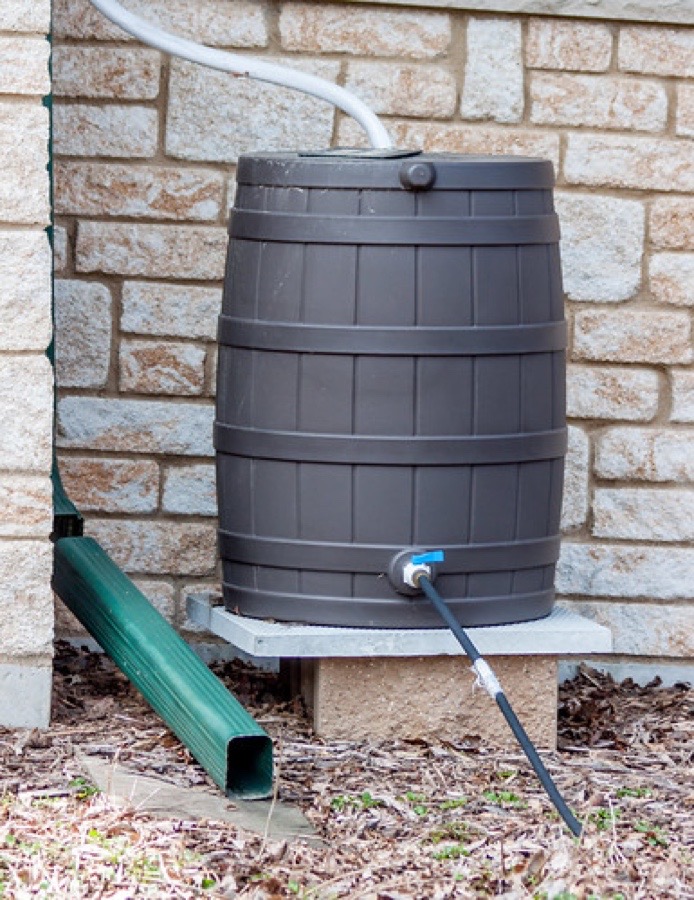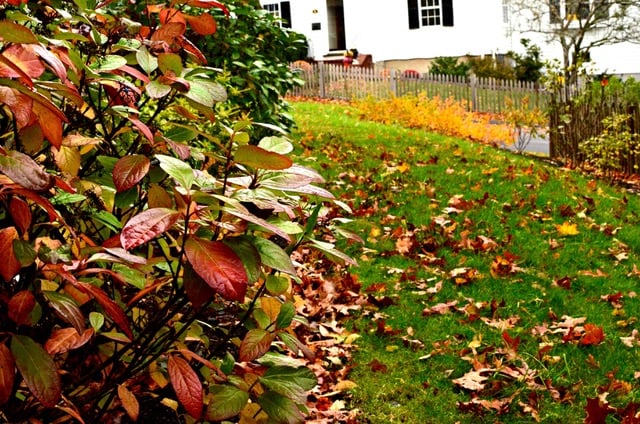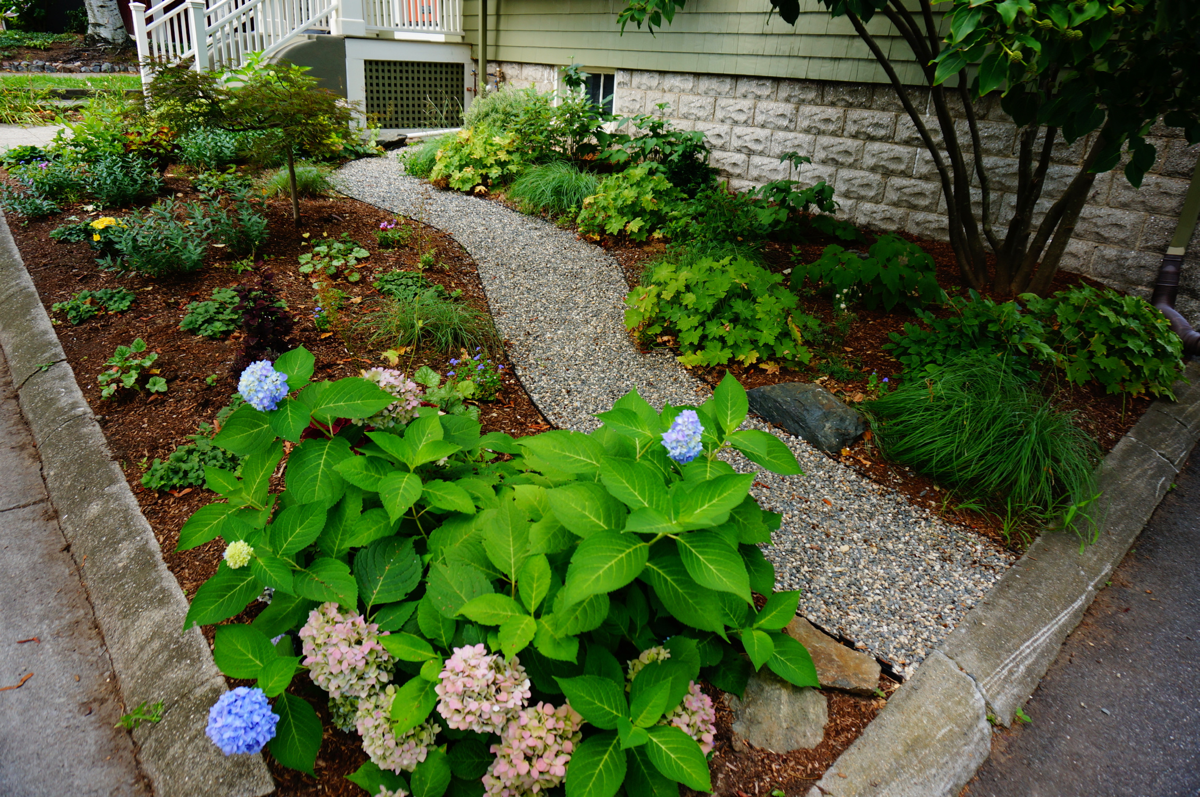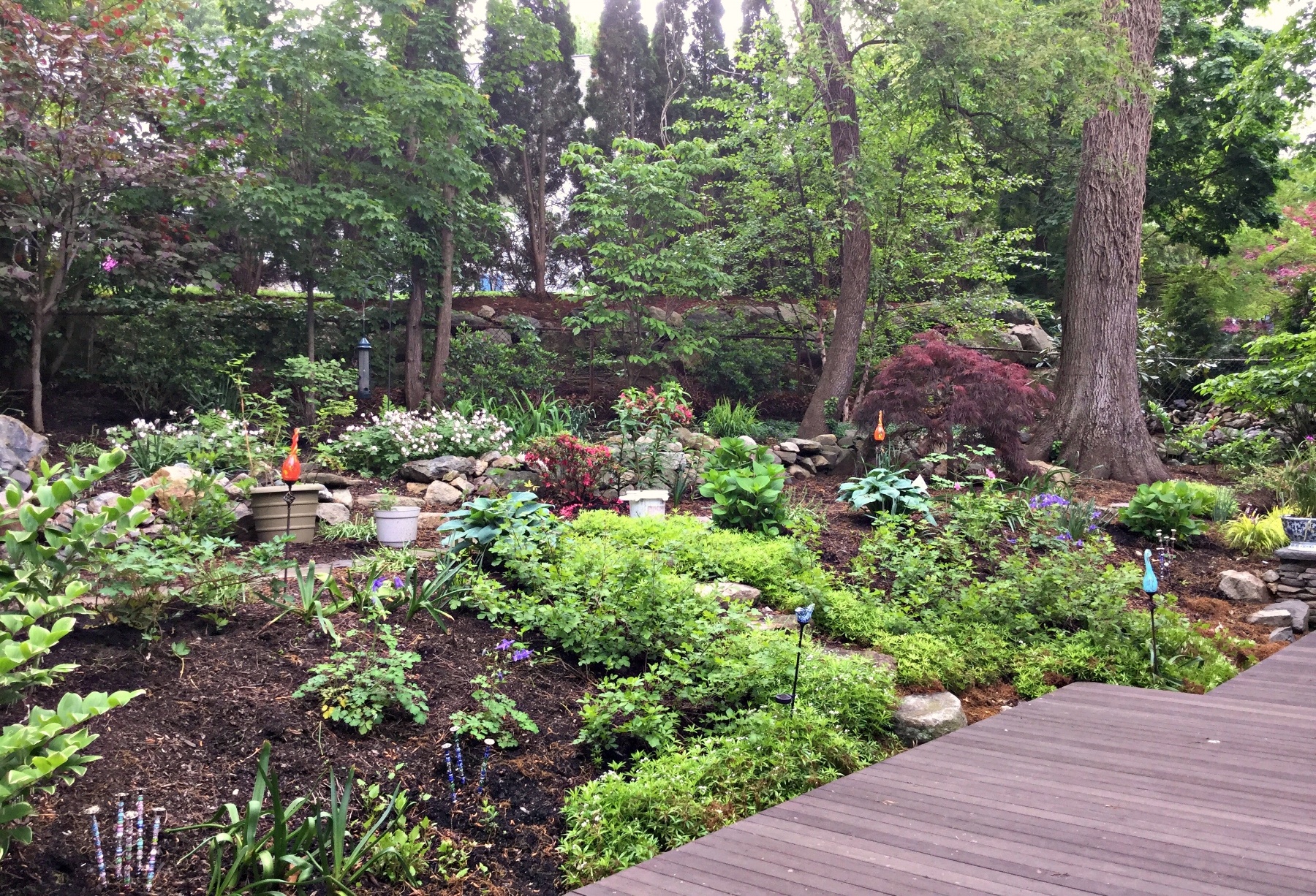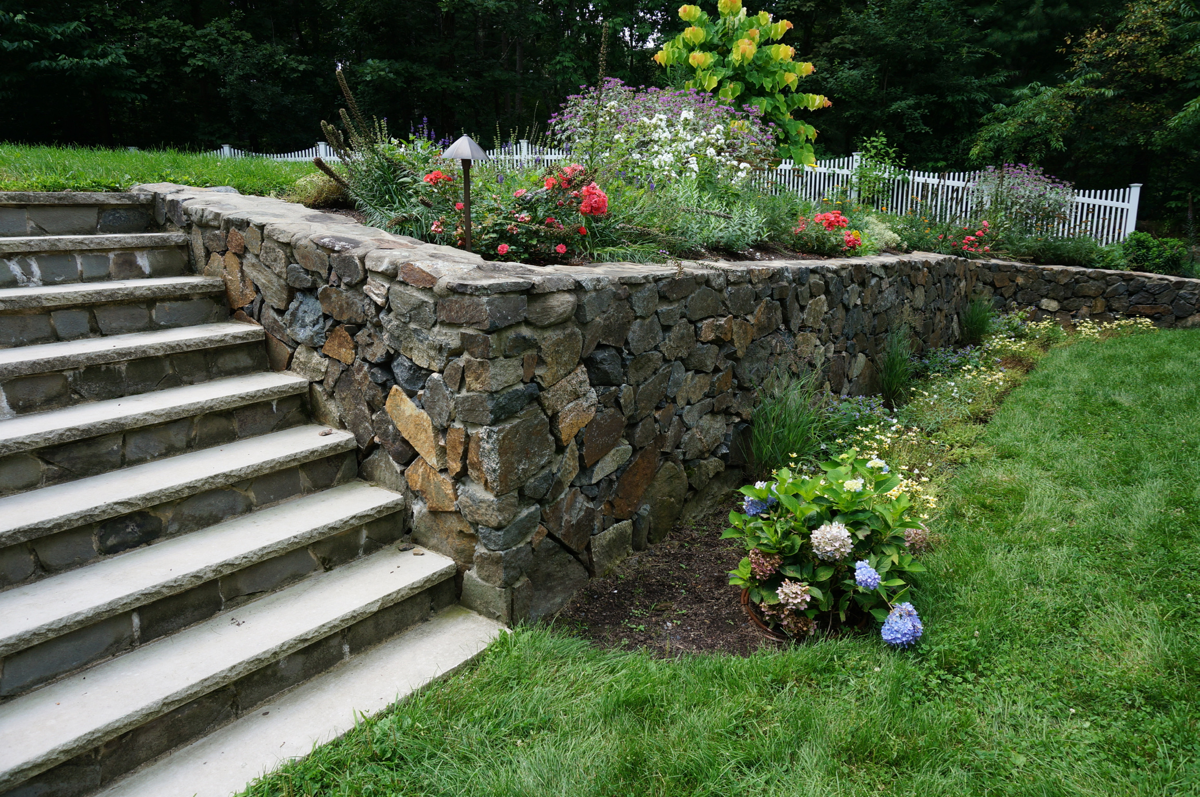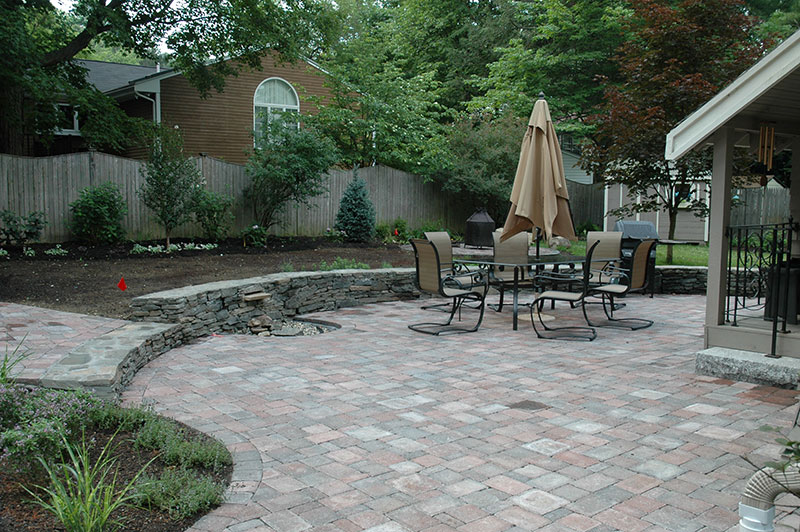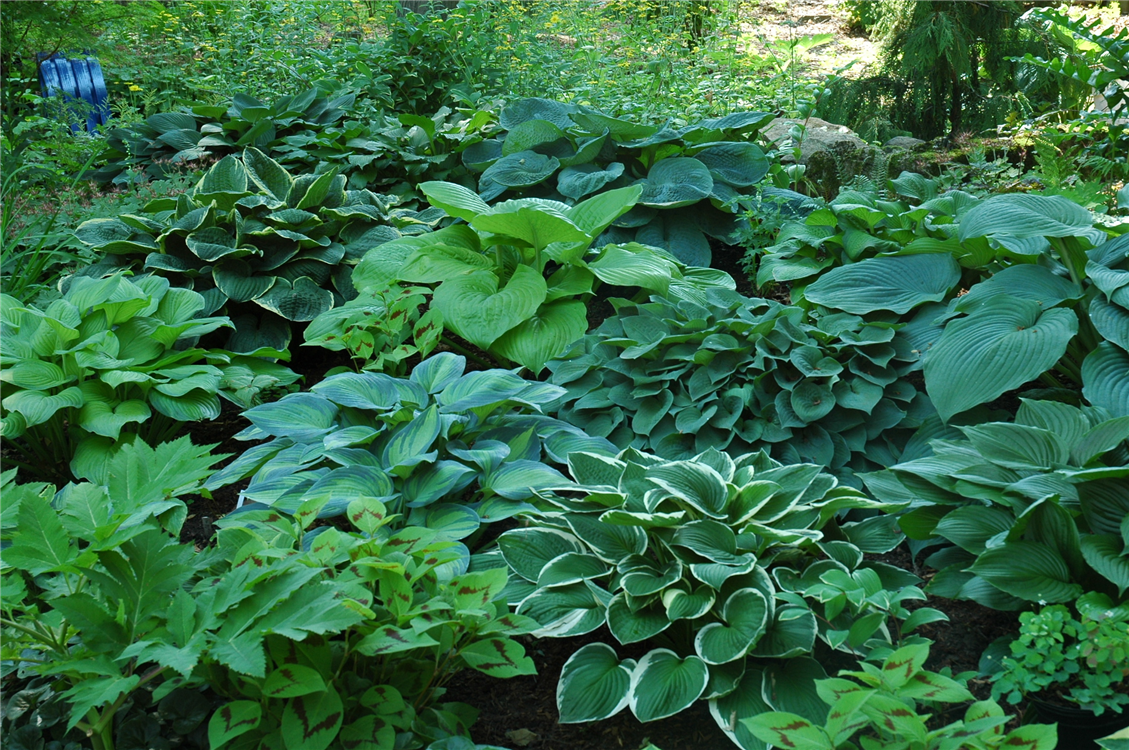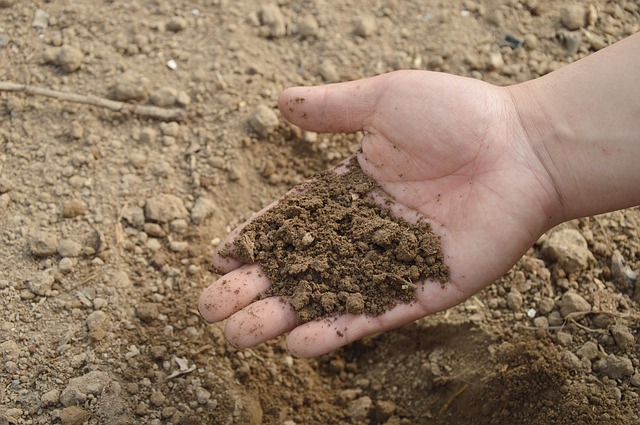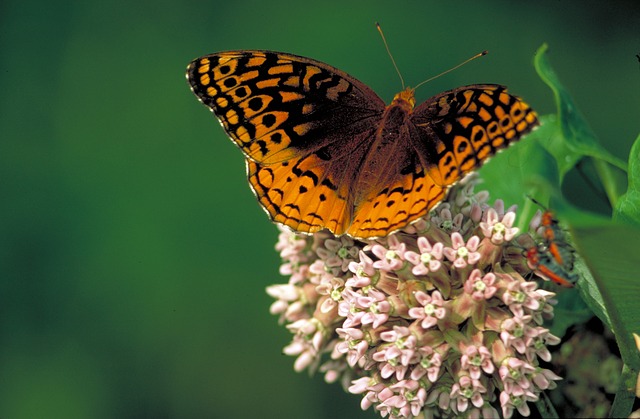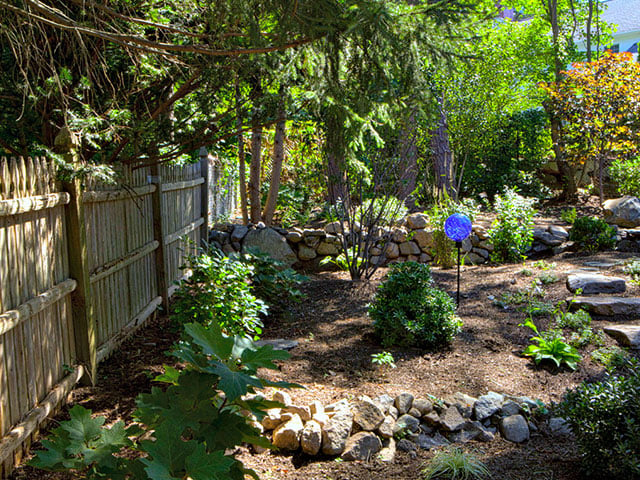A well-timed pruning session can make all the difference between a garden that thrives and one that struggles. Cutting back trees, shrubs and flowers at the right moment encourages stronger growth, healthier blooms and bigger harvests.
But when it comes to pruning, timing is everything.
Pruning too early or too late can leave plants vulnerable to disease, reduce fruit production or stunt new growth. If you're gardening in Massachusetts, knowing the right time of the year to break out the pruning shears is essential.
Some of our area’s most popular trees and plants — including fruit trees and bushes, hydrangeas, roses and lilacs — require special attention when pruning. Our harsh winters, late frosts and unpredictable weather patterns can impact plant growth.
By following a pruning timeline tailored to our local climate, you’ll maximize fruit production, encourage lush blooms and protect your plants from unnecessary stress.
When to Prune Trees and Flowers in Massachusetts
Dormant Season Pruning (February to April)
Apple trees, blueberry bushes, roses and certain types of hydrangeas all should be pruned during the dormant season, which is typically the late winter or early spring.
It is essential to complete your dormant pruning by the last frost date. Otherwise, you risk removing emerging fruit and flower buds, as well as stressing the plant’s overall health.
In Massachusetts, the last frost date typically ranges from mid-April to mid-May, depending on your exact location.
Apple Trees
Best Time to Prune: February to April

The key to a healthy crop of apples in the fall is a well-timed pruning session in late winter or very early spring. If you prune trees too late, you can delay fruit growth and decrease the tree’s overall yield during the growing season. When pruning fruit trees, your goal should be to allow sunlight to penetrate the branches below the canopy.
Blueberry Bushes
Best Time to Prune: March to early April

Blueberry bushes thrive best in an open shape, which promotes good air circulation to all branches of the plant. This improves the summer fruit harvest by maximizing the areas of the bush that blueberries can grow. Your pruning cuts should target diseased branches, crossing branches and less productive branches (typically are at least four years old).
Panicle and Smooth Hydrangeas
Best Time to Prune: Late March to early April

The secret to properly pruning hydrangeas? It all starts with where on the plant flowers grow. Unlike some other types of hydrangeas, the panicle and smooth varieties bloom on new wood, which is growth occurring during the current season. That means for these types of hydrangeas, a late-season pruning session won’t harm future flower blooming.
Roses
Best Time to Prune: Late March to early April

The appearance of swelling rose buds is your sign that a rose bush is ready for a general pruning. In addition to removing dead wood, rose bush pruning should carefully shape the plant to improve its health and maximize growth. Depending on the specific type, after pruning rose bushes should have somewhere between three to 10 strong stems (also called canes).
Post-Bloom Pruning (May to June)
The appearance of spring blooms on spring-flowering shrubs like lilacs and certain hydrangeas is often the first sign that the new season has arrived.
Because these plants are some of the soonest to flower, they’ll also need early pruning. You should prune plants such as the ones below immediately after their blooms begin to fade.
By the time mid-summer arrives, any pruning will do more harm than good.
Bigleaf and Oakleaf Hydrangeas
Best Time to Prune: Late May to early June

Unlike their panicle and smooth counterparts, these types of hydrangeas bloom on old wood. These flowers are a full year in the making; their buds become established the previous year, just after that season’s bloom ends.
Because they establish new growth so quickly, it’s essential to prune shrubs such as these in late spring or early summer to avoid harming next year’s flowers.
Lilacs
Best Time to Prune: June to early July

Lilacs are another old-wood bloomer, so you should follow a pruning schedule similar to that of hydrangeas. A tired-looking lilac bush that is more than a few years old may benefit from a multi-year rejuvenation plan with a late winter pruning.
A well-pruned landscape isn’t just healthier — it’s more beautiful, productive and easier to maintain. By timing your cuts correctly, you can enjoy stronger plants, bigger harvests and a yard bursting with color.
With a little planning, strategic snipping will go a long way in creating a beautiful and thriving landscape.
To learn more about organic landscape maintenance for your home, download our free ebook, How to Maintain Your Landscape and Transform It Into a Beauty You'll Love. If you're ready to get started on your new landscape maintenance project, or simply want to learn more about the process, you can contact our team here to schedule a free consultation. We'd love to talk to you!


